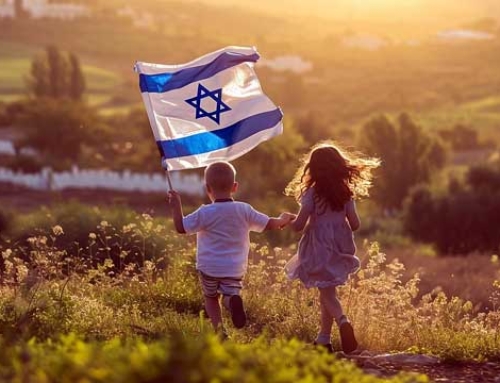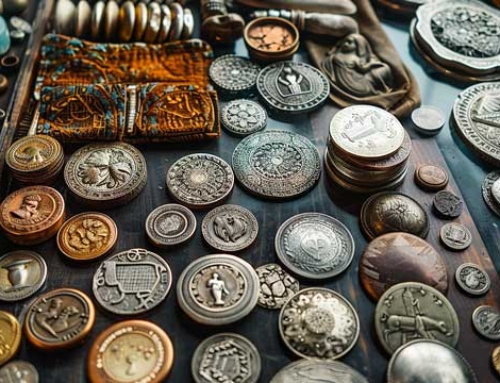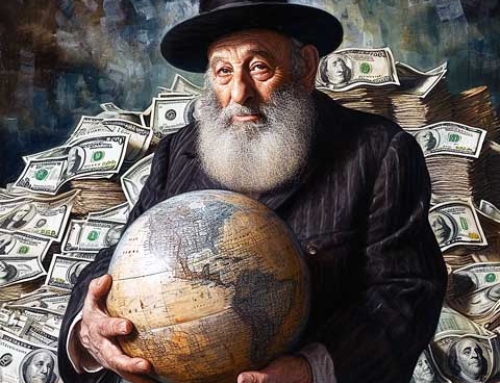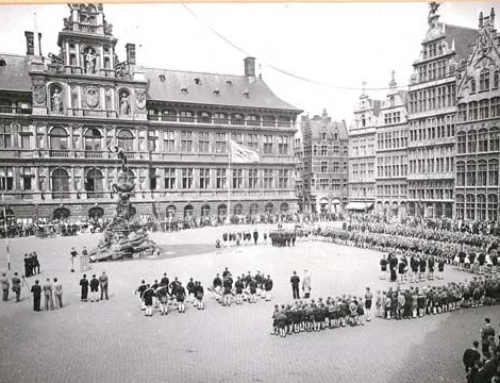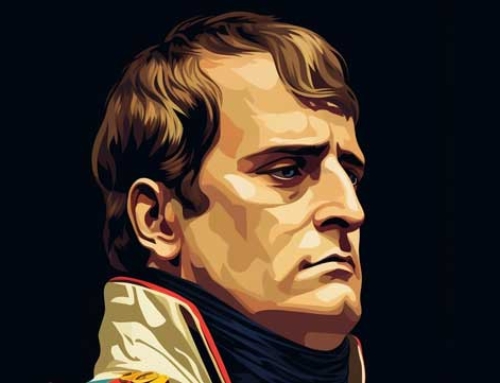Just a quick reminder before we dive into discussing the Holocaust. We’ve been on quite a journey, tracing the rise and dominance of the Third Reich, starting with an introduction about William L. Shirer and why his book is so crucial. From the birth of Nazi ideology in post-World War I Germany, through the Nazi ascent to power and their blitzkrieg strategies that conquered Europe, to the turning points that shook Hitler’s regime. But now, we’re delving into a darker, more sinister chapter: The Holocaust.
The Evolution of Nazi Racial Policies and the Road to the Holocaust, to Genocide
Imagine a time when hate wasn’t just a personal feeling but a driven political strategy. An era when xenophobia and racism weren’t merely tolerated but actively promoted and institutionalised.
Hitler’s vision of a ‘pure‘ race wasn’t just a dream; it was a deadly plan in motion. This vision left no room for Jews, Roma, the disabled, communists, Slavs, and many other groups deemed ‘inferior.’ Nazism constructed an entire ecosystem around this hatred. First, with propaganda demonizing these groups, followed by laws stripping away their basic rights. Then, they were forced to live in ghettos, isolated from the rest of society.
But this was just the beginning. What started as exclusion quickly became a systematic plan to exterminate entire communities. The ultimate goal? Total ‘ethnic cleansing.’ Kristallnacht and endless raids were just foreshadows of what was to come. Concentration camps, initially intended for political prisoners, soon became places where millions of innocent people would face their fate during the Holocaust.
It’s hard to fathom how an advanced society could undertake such barbaric actions. But the escalation of Nazi racial policies into genocide shows the dangerous paths unchecked hatred and indifference can lead a society down.
The Cruelty and Disdain Towards Jews, Roma, LGBT+ People, and Political Dissidents During the Holocaust
At the height of the Holocaust, Jews and other minorities were subjected to unimaginable cruelty and disdain. Families were torn apart as soon as they arrived at the concentration and extermination camps.
The elderly, sick, and young children were often sent straight to the gas chambers, with no awareness of their fate. Others were forced into grueling forced labor, with many succumbing to exhaustion, starvation, or abuse by camp guards.
Jews had to endure unsanitary conditions, with minimal access to food and clean water. They were systematically stripped of their dignity: heads were shaved, identities reduced to numbers tattooed on their arms, and their possessions were confiscated.
Everything, from personal jewellery to the gold fillings in their teeth, was stolen from them. In these gruesome conditions, many fell ill, but medical treatment was scarce and often non-existent. Instead, some prisoners, in further denial of their humanity, were subjected to gruesome medical experiments.
The indescribable suffering and dehumanisation that Jews, Roma, LGBT+ people, and other minorities endured in the death camps of the Holocaust serve as a painful reminder of the depths to which human cruelty can sink.
The Role of the Righteous Among the Nations
Amidst the shadows of hate and the darkness of the Holocaust, there were glimmers of hope and humanity. These often came in the form of brave individuals who, despite immense risk to themselves and their families, chose to aid and protect Jews from persecution.
These heroes, often neighbors, friends, or even strangers, provided shelter, forged documents, or assisted in escapes. Their courageous acts were a silent but powerful resistance to the destructive force of Nazism.
In recognition of their selfless actions, Yad Vashem, Israel’s official memorial for Holocaust victims, honored these individuals as the “Righteous Among the Nations.” Their stories serve as inspiring testimonies to the unbreakable power of human kindness, even in the most unthinkable times.
The World’s Response and the Legacy of the Holocaust
It’s shocking to think that while millions of innocents were persecuted and killed, much of the world remained largely unaware of the true scale of the Holocaust. Though there were reports and testimonies revealing the horrors, many found it difficult to believe that such a thing could occur on such a massive scale. International responses were mixed, often tempered by political interests and the distractions of the day.
But as the war neared its end and Allied forces entered the concentration and extermination camps, the shocking truth became undeniable. Photos and films of emaciated survivors and piles of lifeless bodies spread worldwide, and the full extent of Nazi cruelty became painfully clear.
The aftermath of this revelation was immense. The world had to find a way to respond to such an unprecedented atrocity. The Nuremberg Trials were established to prosecute the architects of this genocide. Simultaneously, international efforts emerged to ensure that such events would never happen again, such as the United Nations’ Universal Declaration of Human Rights.
The Holocaust has not only affected the lives of millions but also changed the way the world views itself. Monuments, museums, and annual commemorations ensure that the memory of this dark period stays alive. The stories of survivors, though becoming rarer, remain a powerful reminder of the resilience of the human spirit and a warning of the depths to which human evil can descend.
The Evolution of Remembrance
In the aftermath of World War II, the way the Holocaust was remembered and commemorated was far from uniform. Immediately after the war, astonishingly, some parts of the world denied or barely acknowledged the horrors.
These blind spots were sometimes due to shame, political motives, or a collective desire to move forward and leave painful memories behind. However, as the years passed, the realisation of the true extent and significance of the Holocaust began to seep into global consciousness. Survivors shared their stories, researchers documented testimonies, and gradually, denial turned into acknowledgment and remembrance.
Today, the Holocaust is commemorated in many places around the world, not just as a tragedy of the Jewish people but as a universal warning about the dangers of intolerance and hatred.
The Holocaust serves as an eternal reminder and cautionary tale. It’s our shared responsibility to keep these stories alive, not only to honour the victims but also to ensure that future generations learn from the lessons of the past and never forget.



